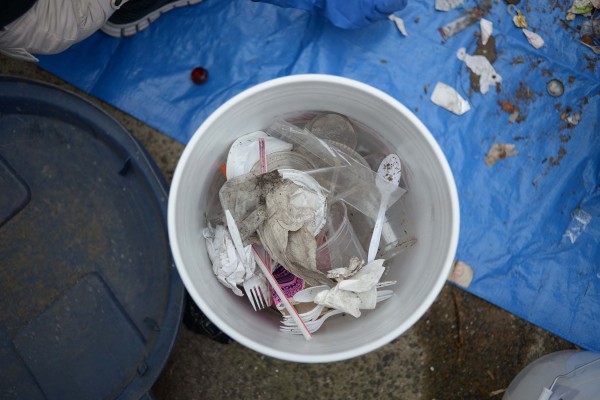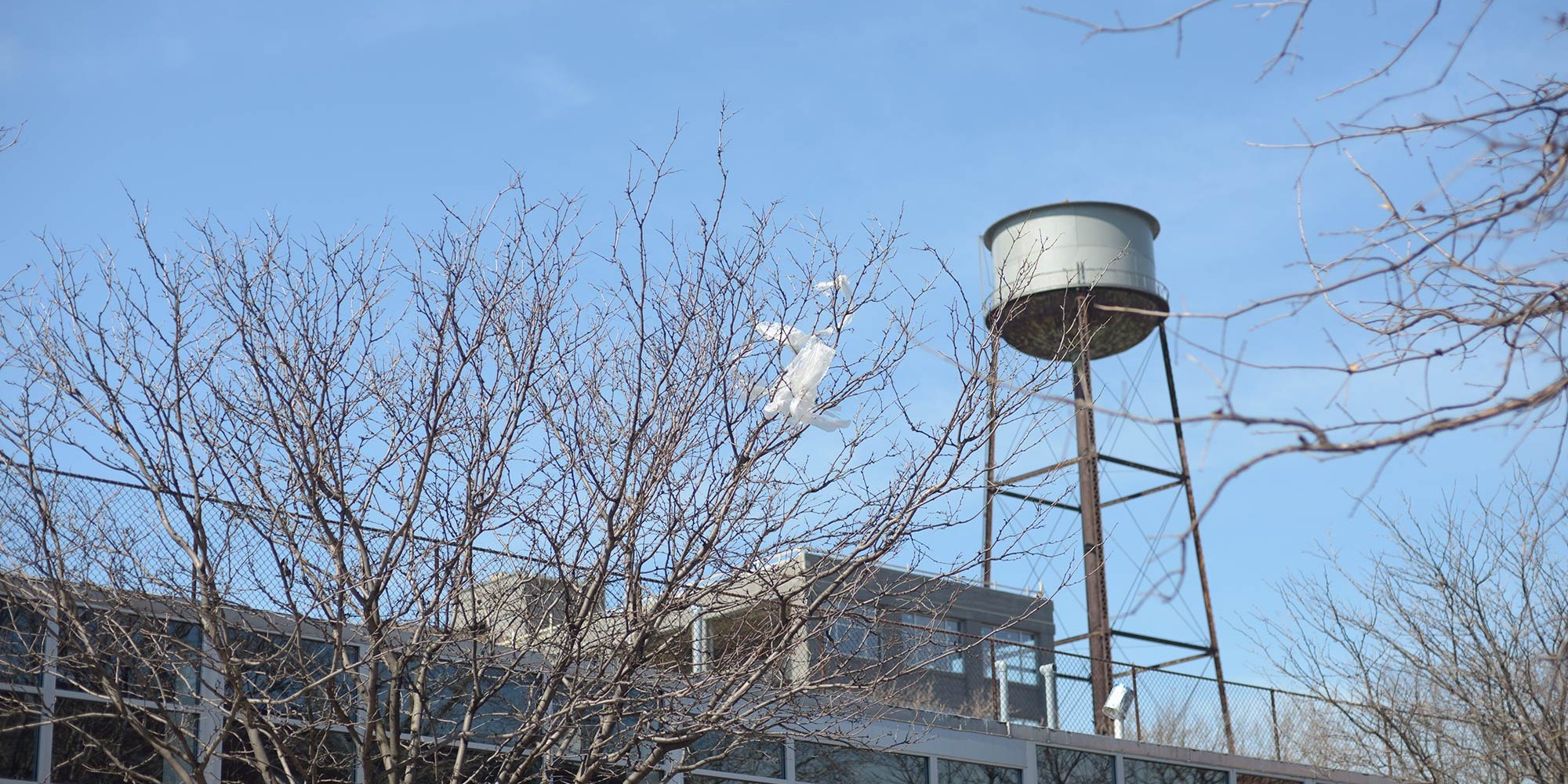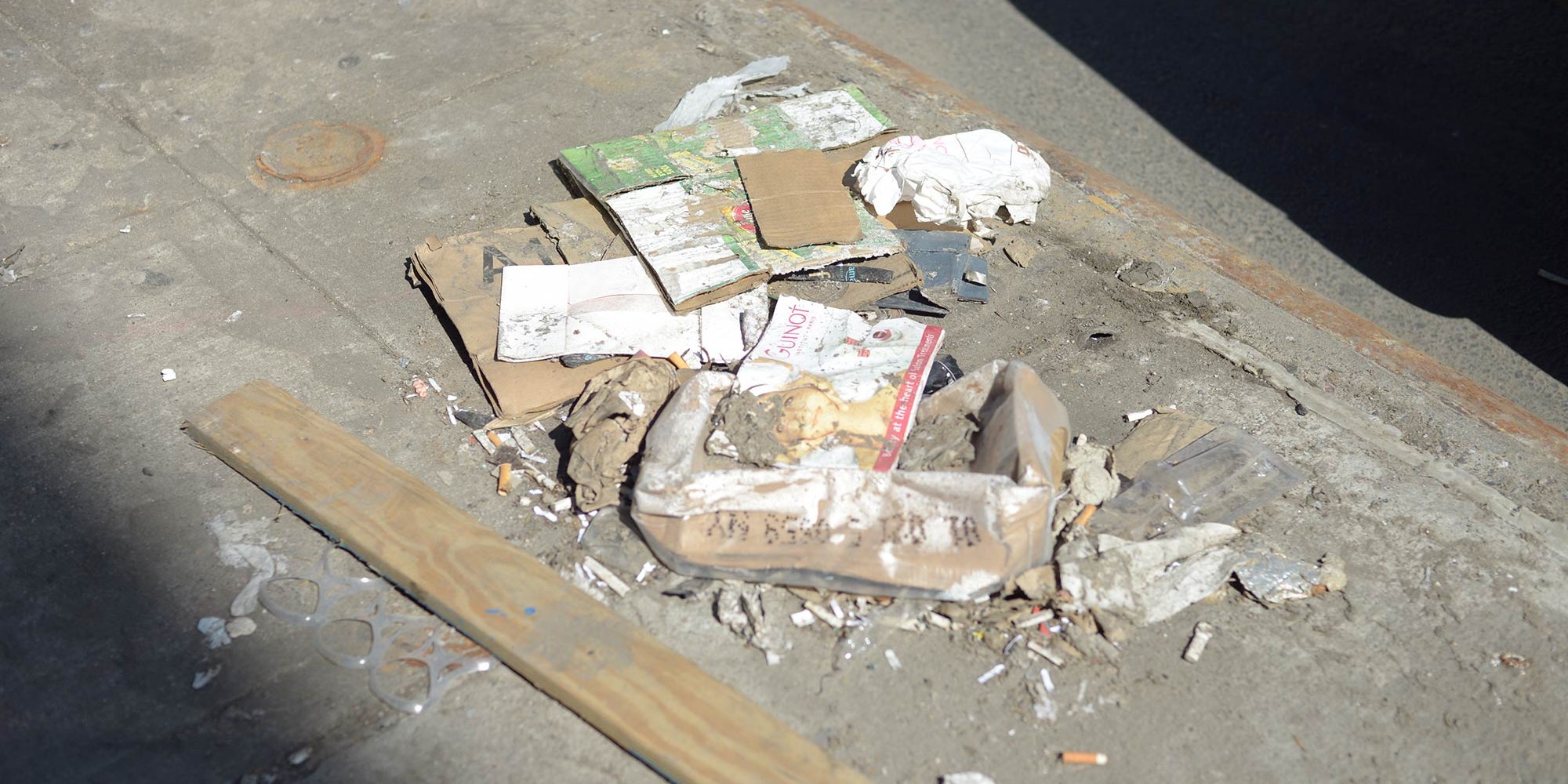Greenpoint, we have litter issues.
Though we can see the trash in our neighborhood, we can’t always see the numerous ways litter impacts us. Curb Your Litter is working to make the systems that handle our waste more clear, and to measure the problem with new methods for collecting data. Our findings will help stop litter at the source.
The Litter Problem
NOT ENOUGH CANS
Greenpoint has 73,000 residents, but only 100 public trash bins on sidewalks
Currently there are not enough trash bins to accommodate Greenpointers. New residential developments in our neighborhood will increase our population by 10,000+. Due to a shortage of trash cans within the 1122 zip code, pedestrians can walk upwards of 15 minutes before reaching a trash can on commercial streets like Franklin Street and McGuinness Boulevard. Many people walking streets without cans create their own out of bike baskets or tree pits.
OVERFLOWING CANS
Our small amount of trash cans are often overburdened.
Manhattan and Nassau Avenue have cans on every corner. On most days, however, these cans are overflowing with trash.
NOT ENOUGH RECYCLING
There are no recycling bins on Greenpoint sidewalks.
There are no recycling bins in Greenpoint’s sidewalks, and a small amount in McCarren Park. The lack of recycling opportunities causing us to cram recyclables into already overburdened trash cans.
WIND
The open top of our litter baskets allows for trash to blow right out.
All of the public trash cans in the neighborhood are open baskets that allow lightweight trash like plastic bags and coffee cups to blow out and become litter.
How Litter Impacts You
Alternate Side Parking
The amount of litter on the streets impacts how many times a week you move your car.
All Greenpointers with a car are painfully aware of the alternate side parking rules in our neighborhood that currently require cars to be moved up to four times per week. But, it is not as widely known that the only way we can reduce alternate side parking days is by curbing our litter problem.
Our Waterways
Litter in storm drains eventually pollutes Newtown Creek and the East River.
When litter makes its way into a body of water, it becomes known as a “floatable.” Most floatables in Greenpoint’s Newtown Creek originate from street litter that piles up on storm drains and gets pushed into the Creek during major rainstorms.
Health & Safety
Litter attracts rodents, mosquitoes, and bacteria.
Litter presents health and safety hazards to pedestrians in a variety of ways. Trash on the street attracts rodents, mosquitoes, and bacteria. Broken bottles on sidewalks or in parks can injure children and adults alike. Discarded antifreeze or other chemicals (a problem especially in northern Greenpoint) can either pollute the soil or be ingested by pets. Littered streets also promote illegal dumping, where people drop off bags of waste improperly. Illegal dumping is a safety risk because...who knows what is in those bags?!
Property Values
Litter devalues your property.
According to a study conducted by Keep America Beautiful, 60% of property appraisers would reduce a home’s value if it was littered.
Talking Trash:
Throwing Out The Big Apple
Curb Your Litter worked with the Center for Urban Pedagogy and a group of students at Frances Perkins Academy to dig deeper into the complicated world of garbage infrastructure. Over the course of the 2015 – 2016 school year, the students created Talking Trash: Throwing Out the Big Apple, a documentary that explains who decides where our trash goes and how communities can have a say in these decisions.
Special thanks to students: Randy Buggie, Amandalee Cabrera, Jordany Diaz, Malik Edwards, Destini Gibson, Angel Lopez, Nieya Olmo, Chris Ortiz, Sahjib Rashid, Maria Rodriguez, Samson Sutherland, Jairo Villar and Shonda Zephyr.
Teaching Artist: Dillion de Give, Assistant: Emmanuella Soria Ruiz.
Analysis
There is not enough data to understand the extent of the problem, so we developed new ways to measure litter.
ClosedLoops, an infrastructure planning and development firm dedicated to making cities more sustainable from the inside out, conducted the first ever litter analysis of Greenpoint in 2015.
Between May and October, ClosedLoops surveyed a sample of blocks in the neighborhood to:
1. Identify the causes of litter
2. Identify the quantity and types of litter
3. Prioritize areas for action
4. Correlate problem areas with surrounding land uses and litter basket locations
KEY FINDINGS

The blocks with the most litter are industrial and do not have litter bins.
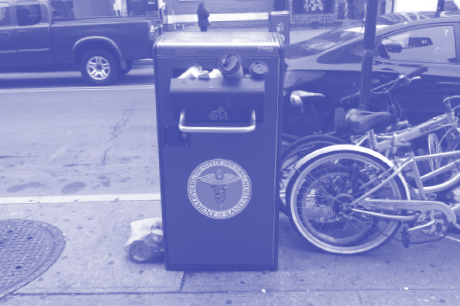
Recently installed BigBelly litter bins did not reduce the presence of litter compared to blocks without them.
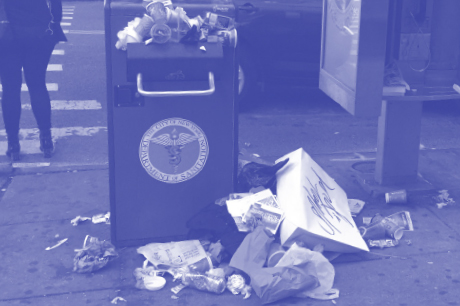
6 out of the 16 BigBellies in our neighborhood are either jammed or overflowing and out of service.
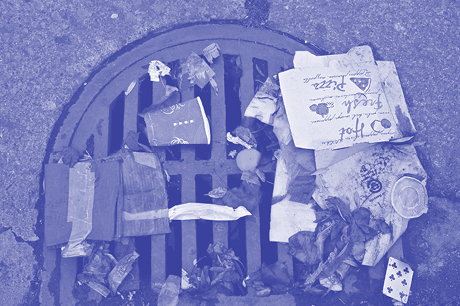
Every storm drain observed appeared to have some amount of litter in its interior.

78% of the litter observed is from passerby, mostly cigarette butts and food packaging (like cups, bottles and chip bags).

Industrial, truck intensive areas appear to have a lot of litter thrown out of truck windows or parked cars.
Project Findings
Clean Up Day Events
Findings from twelve clean up events

Findings are from twelve clean up days that covered the full neighborhood (11222 zip code)
5182 lbs
Litter Collected
27%
was recycled
Attendees
566
Blocks Cleaned
349
Trash Bags Collected
437
Litter Characterization
A sample of what is in our street litter*
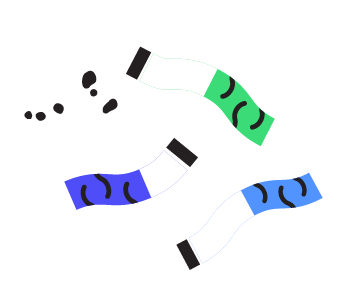
6161
Cigarette Butts
21.8
Single Use Food Packaging
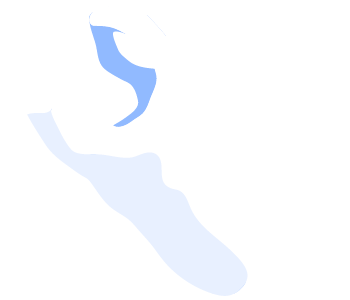
141
Plastic Bags
*Above numbers are totals for the twenty four blocks analyzed in 2015 litter characterization studies.

Clean Up Day Reports
